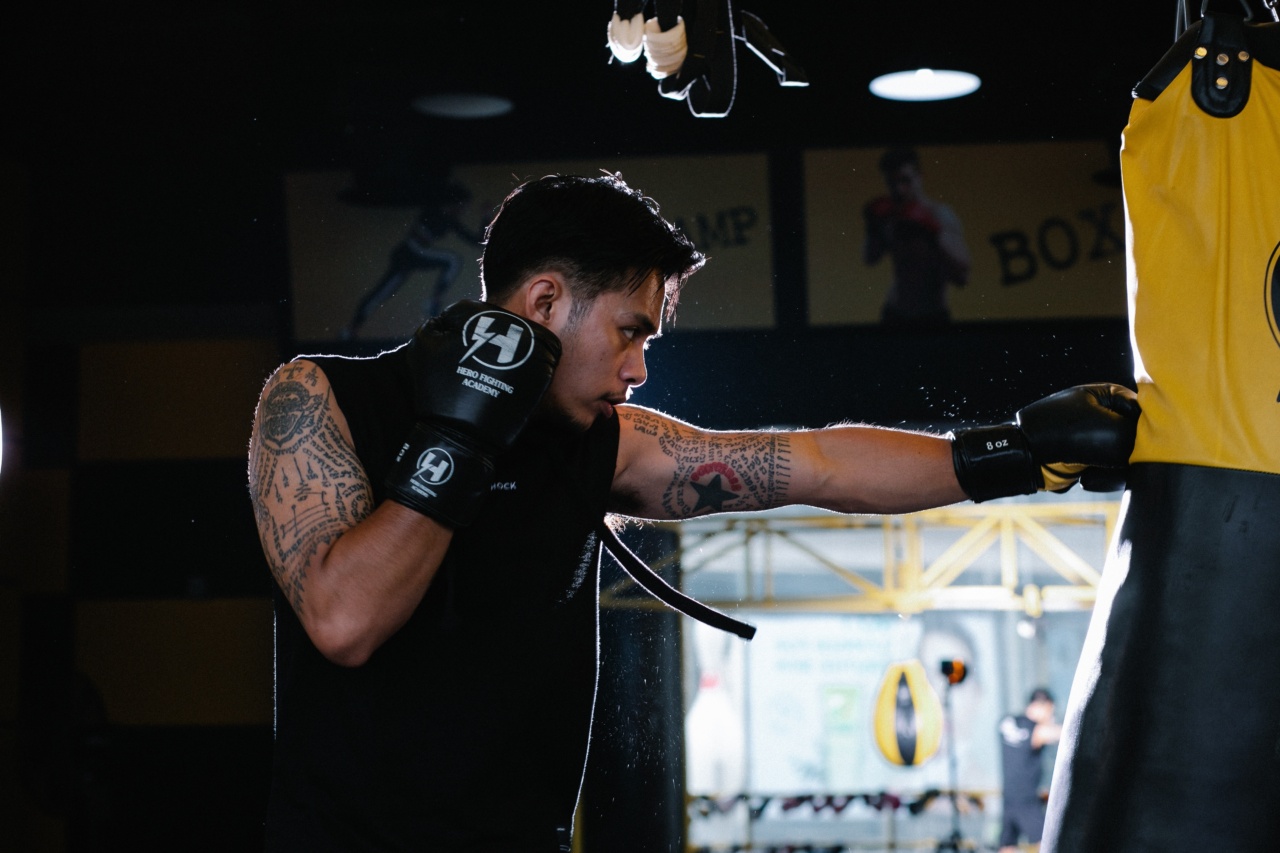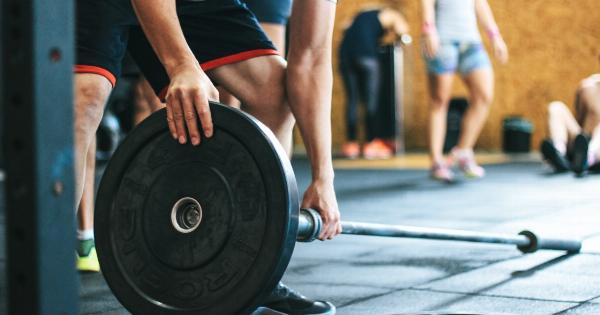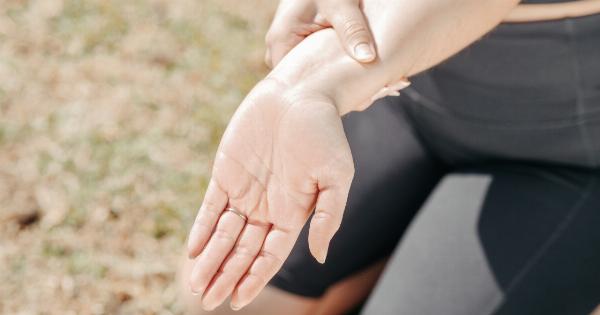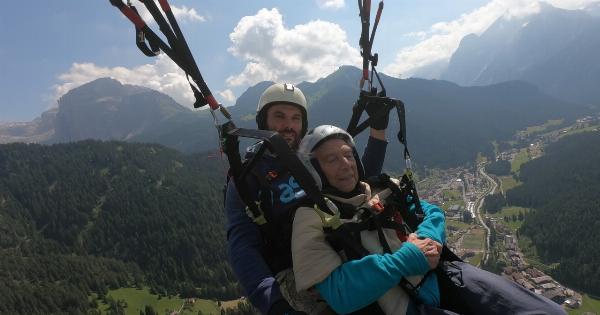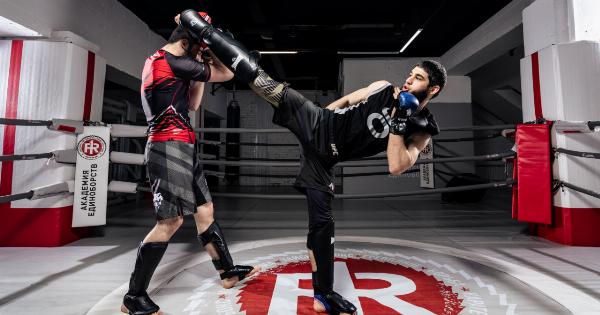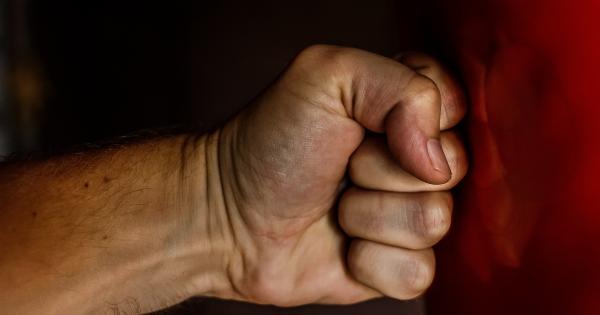Heavy bag training has long been a popular workout routine for many athletes and fitness enthusiasts, especially those involved in combat sports such as boxing, kickboxing, and mixed martial arts.
The repetitive impact on the heavy bag can provide an intense cardiovascular workout, as well as improve strength and coordination. However, it is important to be aware of the potential link between heavy bag training and bone injuries.
Understanding Bone Injuries
Bone injuries can range from minor fractures to more serious conditions such as stress fractures or even complete breaks. Bones play a crucial role in providing support, protecting organs, and allowing for movement.
They are also constantly remodeling and adapting to the loads placed upon them. However, excessive or repetitive loading can lead to overuse injuries, including those related to heavy bag training.
Repetitive Impact and Stress Fractures
One of the primary concerns with heavy bag training is the repetitive impact it imposes on the bones of the hands, wrists, and arms.
Over time, this repetitive stress can lead to the development of stress fractures, particularly in individuals who fail to allow for proper recovery or who have predisposing factors such as poor technique, weak bones, or nutritional deficiencies.
Stress fractures are caused by the imbalance between bone breakdown and formation. When bones are subjected to repetitive impact without sufficient time to recover and remodel, microcracks start to form.
If the stress continues without proper healing, these microcracks can progress into stress fractures. Common symptoms of stress fractures include localized pain, swelling, and tenderness.
Hand and Wrist Injuries
The hands and wrists are particularly susceptible to injuries during heavy bag training. Punching the heavy bag places a significant amount of force on the small bones of the hand and wrist, as well as the ligaments and tendons that support them.
Boxer’s fracture is a common injury that occurs when the bones of the hand, usually the metacarpals, break due to the impact of a punch. This injury often results from improper technique or punching with excessive force.
Symptoms of a boxer’s fracture include pain, swelling, deformity, and difficulty moving the hand or fingers.
Wrist sprains and strains are also prevalent among individuals who engage in heavy bag training. The repetitive stress on the wrist joint and surrounding tissues can lead to inflammation, ligament tears, or even dislocations.
Symptoms include pain, swelling, limited range of motion, and instability of the wrist.
Preventing Bone Injuries
While heavy bag training can increase the risk of bone injuries, there are several measures individuals can take to minimize these risks and enjoy the benefits of the workout.
1. Technique and Proper Form
Learning and practicing proper punching and striking techniques can significantly reduce the stress placed on the bones.
Proper form ensures that the impact is distributed more evenly throughout the hand and wrist, reducing the likelihood of fractures or other injuries.
2. Gradual Progression and Rest
It is important to gradually increase the intensity and duration of heavy bag training to allow the bones, muscles, and connective tissues to adapt and strengthen.
Adequate rest periods between training sessions are crucial for the body to recover and repair itself. Ignoring fatigue or training with excessive frequency can lead to overuse injuries.
3. Conditioning and Strengthening
Participating in regular strength and conditioning exercises can help strengthen the muscles, bones, and connective tissues involved in heavy bag training.
Strong muscles act as shock absorbers, reducing stress on the bones, while strong bones are less prone to fractures.
4. Protective Equipment
Wearing the appropriate protective equipment, such as hand wraps and boxing gloves, can provide additional cushioning and support during heavy bag training.
Hand wraps help stabilize the wrist and protect the bones and soft tissues, while boxing gloves distribute the impact more evenly and reduce the force of the punches.
5. Proper Nutrition and Hydration
Ensuring that the body receives adequate nutrition and hydration is essential for maintaining bone health and promoting overall recovery.
Consuming a balanced diet rich in calcium, vitamin D, and other nutrients necessary for bone health can help prevent stress fractures and support bone healing.
Treating Bone Injuries
If a bone injury does occur during heavy bag training, it is important to seek appropriate medical attention to ensure proper diagnosis and treatment.
Depending on the severity of the injury, treatment may involve rest, immobilization, physical therapy, or in some cases, surgical intervention.
It is essential to allow sufficient time for the injury to heal before resuming heavy bag training or any other high-impact activities.
Attempting to train through the pain or returning to activity too soon can lead to further damage and delay the healing process.
Conclusion
Heavy bag training can provide numerous benefits, but it is essential to be aware of the potential link between this type of workout and bone injuries.
Understanding the risks involved and implementing preventive strategies such as proper technique, gradual progression, conditioning, and the use of protective equipment can help reduce the likelihood of bone injuries. Listening to your body, allowing for adequate rest and recovery, and seeking proper medical attention when needed are crucial steps in minimizing the impact of heavy bag training on bone health.
